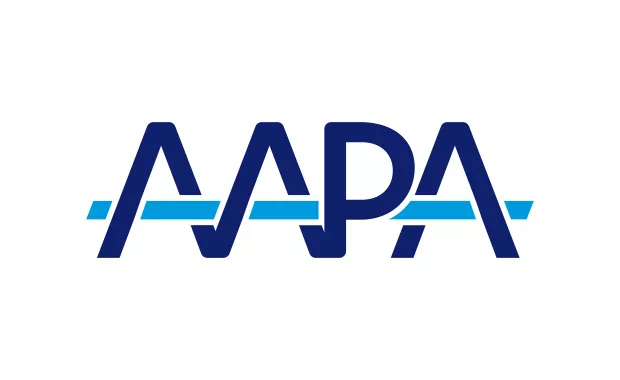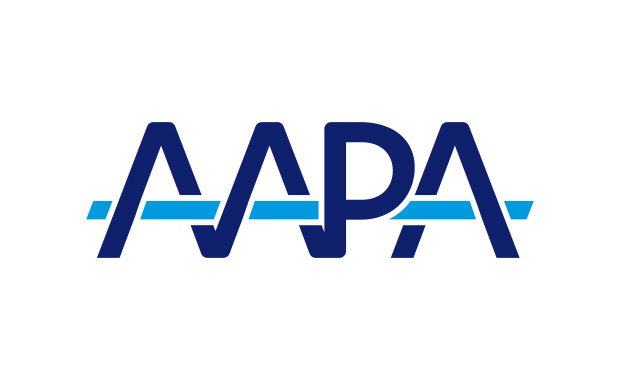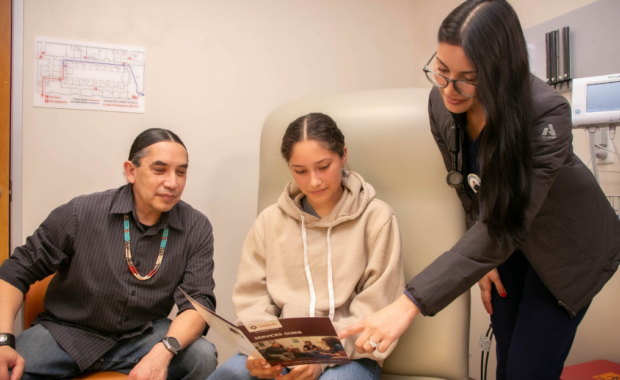Screening for Abdominal Aortic Aneurysm
USPSTF Released Final Recommendation Statement and Evidence Summary on Screening for Abdominal Aortic Aneurysm
December 10, 2019
The U.S. Preventive Services Task Force (USPSTF) today published a final recommendation statement on screening for abdominal aortic aneurysm (AAA) in people who do not have signs or symptoms of AAA. Based on the evidence, the USPSTF recommendation on screening for AAA varies depending on sex, age, smoking status, and family history. AAPA is a partner of the Task Force.
AAA is a bulge or “ballooning” in the wall of the main artery, or blood vessel, that carries blood from the heart to the lower part of the body. AAA often has no signs or symptoms and can burst, or rupture, without warning. This can be deadly. Screening can identify AAAs early and, if found, larger aneurysms can be repaired before they rupture. However, screening is not for everyone.
The group that benefits the most from screening for AAA is men ages 65 to 75 who smoke or used to smoke. The USPSTF recommends these men be screened once, using ultrasound, to help prevent a rupture. This is a B recommendation.
For men ages 65 to 75 who have never smoked, the USPSTF recommends that the decision to screen be an individual one, made between the patient and the clinician. To help determine who would benefit from screening, clinicians should take into account the man’s medical history; risk factors such as heart disease, high blood pressure, and history of other aneurysms; and his personal values and preferences. This is a C recommendation.
“Screening can reduce AAA-related death, rupture, and emergency surgery,” says USPSTF member Michael J. Barry, M.D., director of the Informed Medical Decisions Program in the Health Decision Sciences Center at Massachusetts General Hospital. He is also a professor of medicine at Harvard Medical School and a clinician at Massachusetts General Hospital. “The evidence shows that older men who are current or past smokers benefit the most from screening and should be screened. Older men who have never smoked might also consider screening.”
Overall, women are significantly less likely to have AAA than men. They also have a higher risk of harm from treatment of the aneurysm than men. Treatment can lead to major surgeries that may be unnecessary, harmful, and potentially cause death. As a result, the USPSTF recommends against screening for AAA in women who have never smoked and do not have a family history of AAA. This is a D recommendation.
For women ages 65 to 75 who are current or past smokers or have a family history of AAA, the USPSTF concludes that there is not enough evidence to recommend for or against screening for AAA. In this group, clinicians should use their judgement about whom to screen. This is an I statement.
“The Task Force found that women who have never smoked and have no family history of AAA have a very low chance of having AAA and should not be screened because the evidence shows it could be harmful,” says Task Force member Chyke A. Doubeni, M.D., M.P.H., a professor of family medicine and the inaugural director of the Mayo Clinic Center for Health Equity and Community Engagement Research. “However, for women who have ever smoked or who have a family history of AAA, more research is needed to determine if screening is beneficial.”
The Task Force’s final recommendation statement and corresponding evidence summary have been published online in the Journal of the American Medical Association, as well as on the Task Force website. A draft version of the recommendation statement and evidence review were available for public comment from June 18, 2019, to July 15, 2019.
More Resources
U.S. Preventive Services Task Force
Abdominal Aortic Aneurysm: Screening
Thank you for reading AAPA’s News Central
You have 2 articles left this month. Create a free account to read more stories, or become a member for more access to exclusive benefits! Already have an account? Log in.



